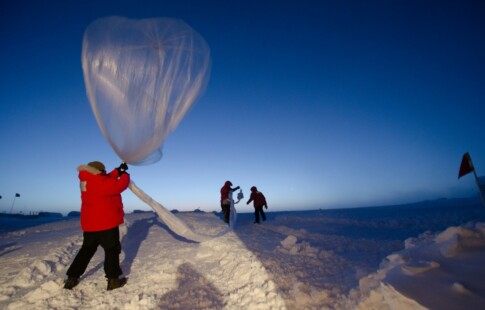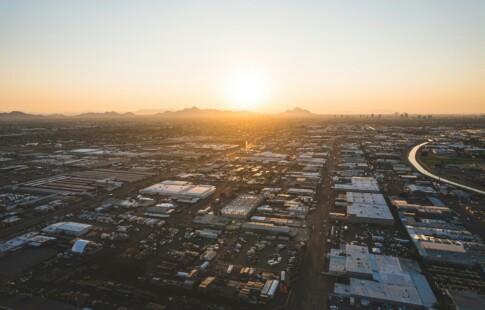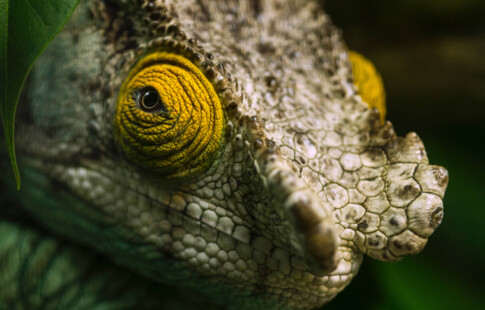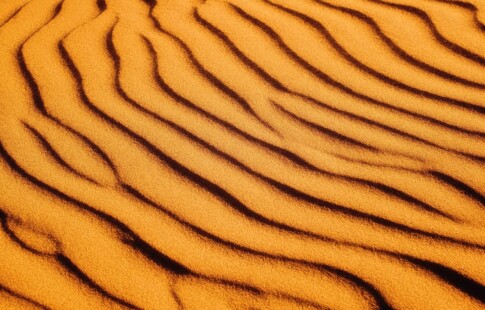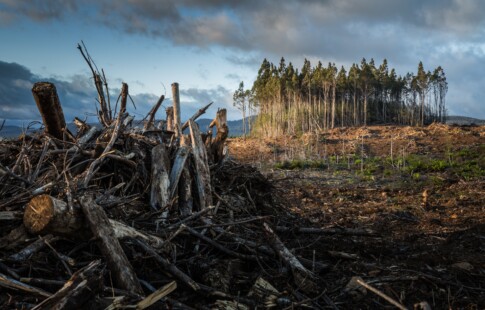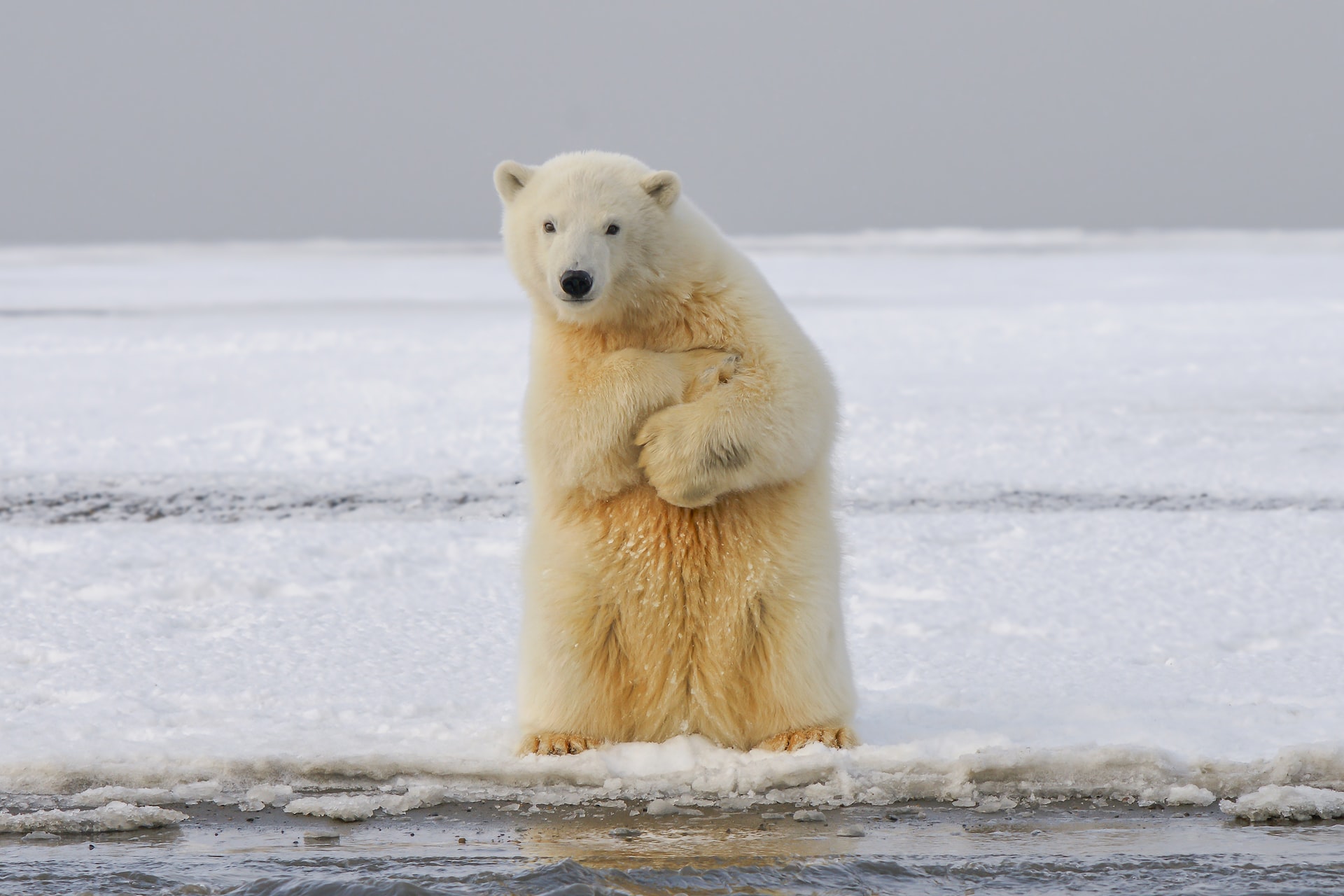
Why Are Polar Bears Endangered?
We are reader-supported. When you buy through links on our site, we may earn affiliate commission.
Polar bears are some of the most dangerous animals alive but also some of the cutest. They are at the top of the food chain and symbolize the ecosystem’s strength, endurance and resilience. Polar bears are at risk of significant decrease and possible utter disappearance due to many factors.
Climate change, oil and gas drilling and toxic pollution are contributing factors to the endangerment of this beloved species. Let’s explore why polar bears are being threatened and what we can do to help them.
Climate Change
The Arctic Ocean’s frigid climate and expansive ice coverage make it challenging to explore, so there are fewer known facts about this ocean than the Pacific and the Atlantic. However, we know that the Arctic offers permanent sea ice that provides a habitat for polar bears and many other species.
Sea ice allows polar bears to hunt and store energy for the warmer seasons— without it, they are in grave danger. With a significantly warmer climate, the sea ice is melting faster than expected, posing more significant risks to its inhabitants. Polar bears spend about half of their time hunting for food and primarily eat seals since they provide the fat they need to survive.
The effects of climate change are causing sea ice to melt earlier in the year and form later in the year, so polar bears are simultaneously suffering from loss of food and habitat. With such suffering, polar bears are less healthy and, therefore, cannot reproduce as much. Polar bears rely on sea ice to travel, rest and mate. So, without sufficient food or habitat, they are at an extreme disadvantage without adequate food or habitat.
Oil and Gas Drilling
Oil and gas drilling significantly threatens polar bears and their habitat by contaminating the habitat and the food they need to survive. Offshore drilling poses a considerable risk because any spills and standard emissions will go directly into the ocean and destroy where polar bears live and eat. Polar bears ingest oil through grooming, or contamination of their food can poison them.
Their fur is designed to insulate and keep them warm, but a small amount of oil can penetrate their coat and cause adverse health effects. If they come in contact with oil, it can also affect the insulation of their fur. Polar bears would have to compensate for the decreased insulation by upping their calories, which can be difficult when their food is contaminated in an already sparse feeding environment.
Polar bears are also a part of indigenous cultures, like Alaska natives that hunt polar bears and use their fur for blankets and winter coats. Alaskans also consume meat from polar bears as part of their culture. If polar bears become contaminated by toxic pollutants like oil, they can also endanger other species and populations.
The domino effect can also occur in the ecosystem as polar bears lose food. The seals they predominantly eat are also food for other arctic animals. These bears often leave the carcasses of seals for animals like the arctic fox to eat. Other animals are likely to suffer without the apex of the food chain’s ability to sustain their food.
Destructive Pollution
Pollution in the environment is endangering polar bears by proxy. The Arctic food chain contains many toxic chemicals. Seals, the primary food source for polar bears, ingest pollutants from the water as it travels and transports bacteria.
Polar bears then absorb the pollutants from the seals. Contaminants in the sea ice from pollution can cause polar bears to have limited biological functions and decreased ability to fight off diseases. Toxic chemical exposure can affect polar bears’ immune systems and cause many health problems, which trickle down to their young.
With high levels of long-range pollutants, the mother often bears inadvertently poison their young, substantially reducing their survival rate. The ocean’s carbon dioxide increase from climate change is causing the sea to be acidic and damaging marine life, like coral reefs that house many species—rising sea levels from melting ice cause many species to die, affecting the ecosystem as a whole and the rest of the world, in addition to the Arctic.
Help the Polar Bear Population
There are many ways that you can help the polar bear population sustain and thrive in their hostile environments. With habitat and food loss and decreased reproductive rates, it is only a matter of time before these majestic mammals are extinct.
You can virtually adopt a polar bear or donate towards conservation efforts to keep them as safe as possible. Keep up with the latest news about these efforts and advocacy to fight against climate change to know how you can contribute and advocate for change. You could reach out to government authorities that have the ability to push for change. Sign petitions that support protecting wildlife and raise awareness for conservation efforts.
Make an active decision to live more sustainably and be friendlier to the environment as much as possible to help them survive. Small steps can make a significant difference in the grand scheme of things. Reduce your carbon footprint by decreasing your plastic pollution, start being more energy efficient and consistently recycle.
So, if you want to help–adopt a polar bear, remain informed, live more sustainably and quit contributing to climate change as much as possible to help the polar bear population live for as long as possible. They help keep the ecosystem going and contribute to the overall health of the marine environment. Polar bears also provide a balance that would be thrown off if they went extinct. They keep the population of other species in control like walruses, seals and reindeer.
Endangered Polar Bears
Polar bears are beautiful and majestic creatures integral to the Arctic Ocean and the indigenous people who live there. Watching them become extinct would be a catastrophic loss to the marine ecosystem. Do what you can to help lessen their threat by being more mindful of your decisions and contributing where possible.
Share on
Like what you read? Join other Environment.co readers!
Get the latest updates on our planet by subscribing to the Environment.co newsletter!
About the author
Rachel Lark
Rachel serves as the Assistant Editor of Environment.co. A true foodie and activist at heart, she loves covering topics ranging from veganism to off grid living.
